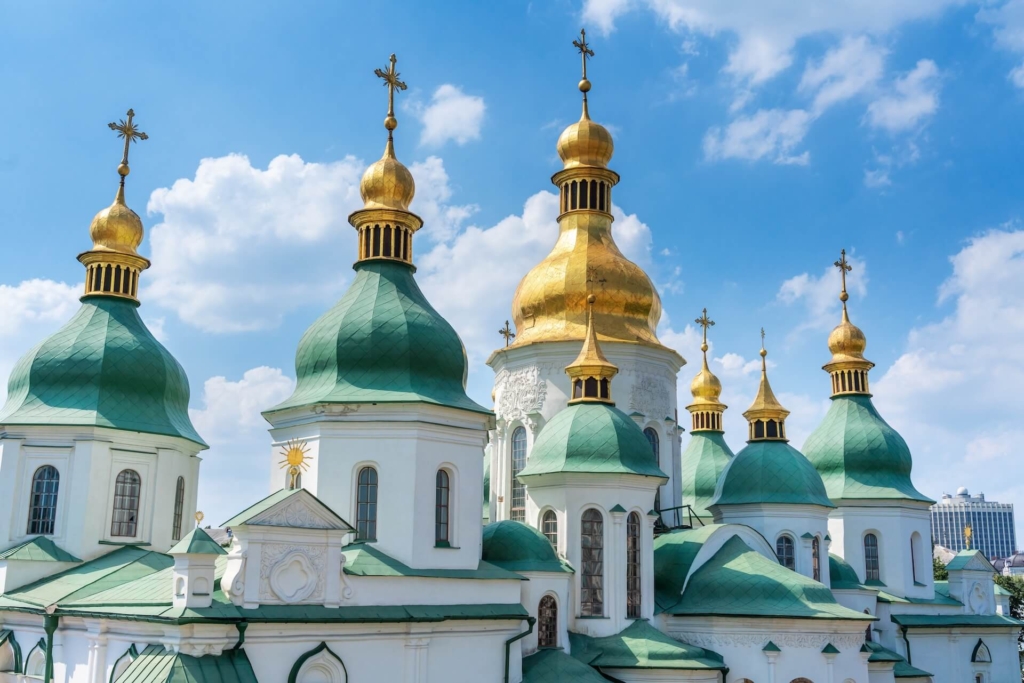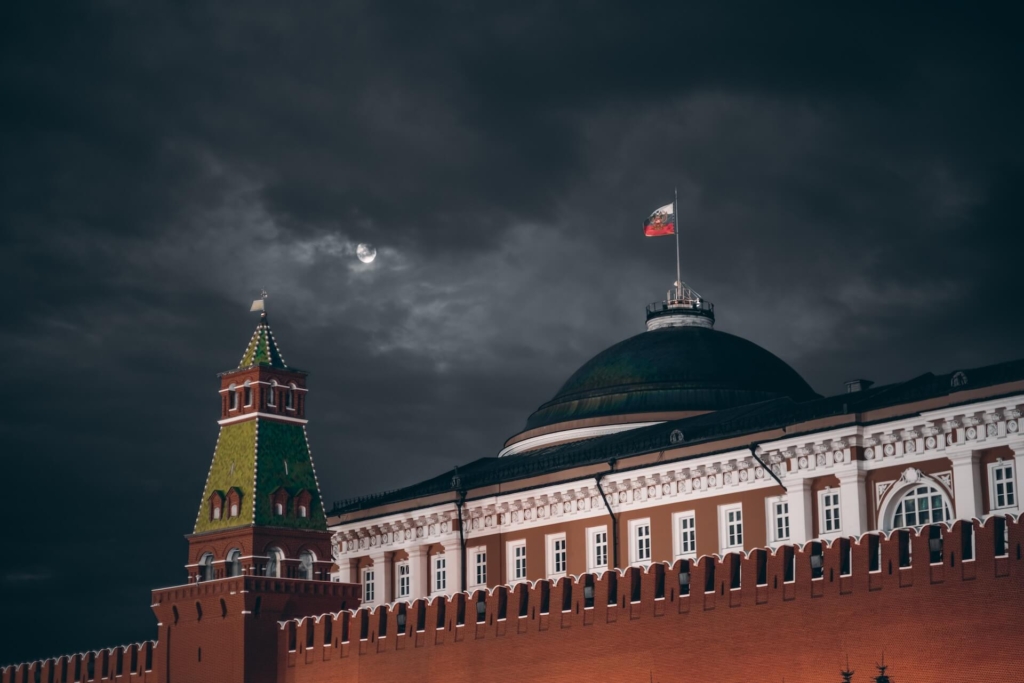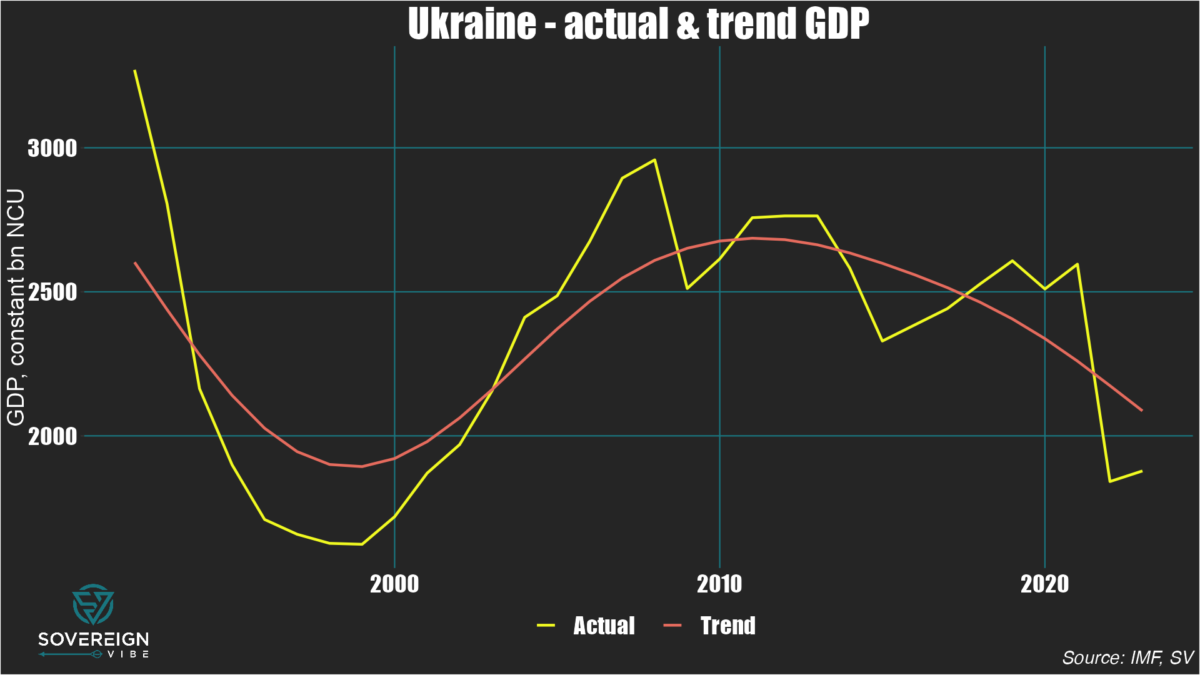Today marks the grim anniversary of Russia’s full-scale invasion of Ukraine on February 24, 2022. Yet the conflict since 2022 is in many ways larger than the current military operations on the ground, both in terms of time and space. It is of course only the latest and most intense iteration of Russian aggression in the country, which started in earnest in 2014 with Russia seizing Crimea and launching military operations in the Donbas under the pretext of supposed separatism.
Spatially, events in Ukraine have global implications for geopolitical competition between the West and Russia, along with its allies of convenience – chief among them China but also pariahs such as North Korea and Iran. In tandem with the Covid-19 pandemic, the 2022 war in Ukraine marks the end of an era: the second of two death knells of the post-Cold War period.
Macroeconomic snapshot
Beyond the immense human toll, social disruption, and infrastructure destruction, the macroeconomic effects on Ukraine since 2022 have also been tremendous, obviously. The budget deficit went from a respectable -3.7% of GDP in 2021 to a gaping hole of nearly -30% in 2022, and possibly -20% in 2023. In 2024, the government’s shortfall is projected to reach $43 billion, which is probably equivalent to around a quarter of GDP.
Similarly, output dropped by about a third in 2022, with little in the way of recovery in 2023.
Output gaps have swung wildly in Ukraine since its independence. In percentage of potential GDP, IMF World Economic Outlook October 2023 data indicate:
- These swung from positive double digits in 1992-1993 to negative double digits for the rest of that decade.
- Actual output finally rose above trend in 2004, with the cycle accelerating until the global financial crisis forced a contraction in 2009.
- Growth was recovering through 2013, until in 2014 Russia seized Crimea and began a covertly-led irredentist proxy war in Ukraine’s Donbas region. The output gap dropped to -10% in 2015.
- From 2016 output rebounded again until the pandemic dampened activity in 2020, followed by a swift recovery to 2019 levels in 2021.
- Since Russia’s full-scale invasion in February 2022, the output gap has once again plummeted, to -15% that year and to -10% in 2023.
Deglobalization, reglobalization, or slowbalization?
To be sure, deglobalization began at least as early as 2016, as that year saw the election of Donald Trump; the ensuing tensions with China and Iran; and Brexit. Global fragmentation has only worsened in the years since, with Covid; Ukraine and the related sanctions; and Joe Biden continuing Trump’s trade protectionism.
The world has now entered a new period in which countries are reconfiguring their trading relationships and supply chains in reaction to heightened geopolitical tensions, logistical frictions, and increased barriers to the movement of people and goods. The world’s borders have hardened, so cross-border movement is less fluid.
Hence the terms “deglobalization,” “reglobalization,” and “slowbalization,” though none of these encapsulates the nuances of what is happening. There is even evidence that international trade has rebounded strongly since the pandemic and that geopolitical alignment doesn’t explain much when it comes to international trade.
Still, the rafts of Ukraine-related sanctions; pandemic-related travel restrictions and supply chain disruptions; and trade reconfigurations such as “friend-shoring” or “near-shoring” are leaving their mark and, to a large extent, appear to have staying power. This is part of the reason I named this blog Sovereign Vibe.
21st-century global “stewardship”
It should come as no surprise that I, like Ukrainians and most of my fellow Westerners, consider the Kremlin to be at fault for the ongoing hostilities in Ukraine. Indeed, the Russian government is clearly responsible for seizing Crimea in 2014, jump-starting a war in the Donbas that same year, and fully invading the country in 2022. There are no legitimate justifications whatsoever for this aggression, Moscow’s propagandistic claims notwithstanding.

Yet the war in Ukraine is also symptomatic of Western, and chiefly American, failures in responsible global stewardship. Supporting Ukraine and opposing Russia is important in seeking an optimal outcome from a Ukrainian and Western point of view but provides no path forward on managing relations with Russia in the future.
The point is that there never should have been a war in Ukraine from 2022, or from 2014 for that matter. The heart of the problem is Russia’s revanchism under Vladimir Putin, which itself is an outcome in reaction to the Soviet collapse and ensuing chaos in Russia and the other newly-independent remnants of the USSR. This seems like an obvious point, but none of this was pre-ordained.
Geopolitical lessons
While authoritarianism under Putin is an outcome shaped almost exclusively by forces within Russia itself, the West missed a crucial opportunity in the 1990s to incentivize an erstwhile opponent into becoming an ally, much as visionary American and Western leadership did with Germany and Japan post-WWII. Although the USSR was not defeated militarily, observers should at the very least be able to imagine a post-Cold War order where Russia plays the role of a neutral cooperator, rather than an autocratic kleptocracy bent on geostrategic spoliation.
Shock therapy à la Dick Cheney
Western policy towards Russia failed miserably in the 1990s on at least two occasions. The first is in the immediate aftermath of the Soviet collapse, when Jeffrey Sachs and other Western economists advised the Russian government to adopt rapid market reforms, privatizations, and liberalization policies, known as “shock therapy.” Crucially, these advisors saw the need for significant Western aid to accompany these reforms, much as the Marshall Plan had helped Western Europe rebuild after WWII.
However, Dick Cheney, who was the US Secretary of Defense at the time, successfully pushed for shock therapy to be adopted without the aid. The predictable result was that, in the 1990s, Russia – and Ukraine as well as other former Soviet republics – suffered an economic and industrial collapse, a weakening of already-fragile institutions, a rise in poverty, and the emergence of robber barons who came to dominate the country’s politics.
“Dermocratia”
The second mistake of Western policy towards Russia flowed from the first. By the time Boris Yeltsin was up for re-election in 1996, Russian voters had become disenchanted with the economic suffering under the country’s new market economy and nascent democratic institutions. So much so that the term “dermocratia” was popularized, as a play on the words “democratia” and “dermo,” which mean “democracy” and “shit” in Russian, respectively.

Needless to say, Yeltsin was facing an uphill battle, but he had the support of the oligarchs, who were in fact more powerful than he was. Notably, Western governments also hoped to see him re-elected, as the chief opposition came from the Communist Party of the Russian Federation, which in some ways was the ideological successor to the Soviet leadership that had for so many recent decades been the US’s strategic foe.
To make a long story short, the election was marred by many irregularities, without which the communists might well have prevailed. Western capitals conveniently turned a blind eye to this meddling, further weakening the legitimacy of democratic institutions in the eyes of ordinary Russians.
No apologies
These Western mistakes in the 1990s are in no way an excuse for the authoritarian turn that Russia has taken under Putin. The Russian leadership alone is responsible for this outcome. Nor is the West somehow at fault for Russian aggression in Ukraine, Georgia, or beyond as a result of NATO expanding its European membership eastwards to countries willing to join of their own accord, as Putin apologists such as John Mearsheimer or Stephen Cohen claim.
But certainly American leadership in the 1990s under Bush and Clinton lacked the vision to try to bring Russia onside in the way that their more illustrious predecessors had done with Germany and Japan in the aftermath of WWII. Let this be a lesson for the future, as the West tries to imagine what Russia’s role in the world can and should be.
As tempting as it is to wish that Russia is a problem that would just go away, it won’t. Only by working backwards from “what good looks like” regarding Russia can Western leaders hope to address the root cause of the war in Ukraine, which is Russia’s revanchist position as international spoiler.


One reply on “Ukraine: two, ten, or thirty years on?”
[…] a lot of cash, obviously: Ukraine’s nominal GDP is only about $160bn, after having dropped by a third in 2022. With much of Ukraine’s economy and infrastructure in ruins and amid some […]